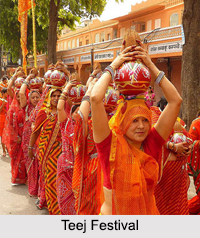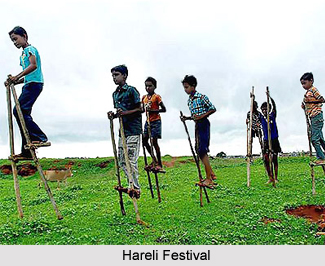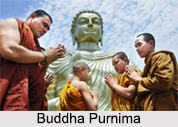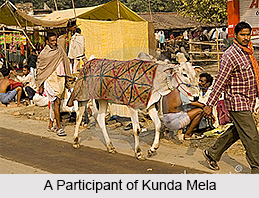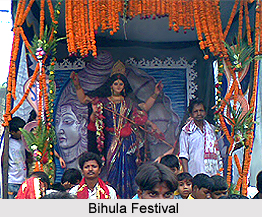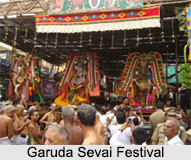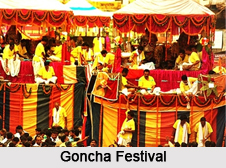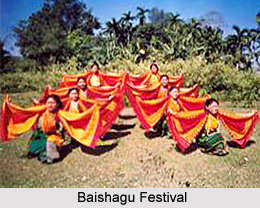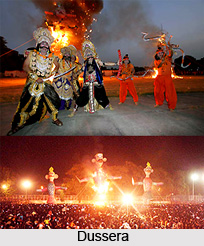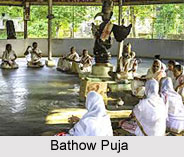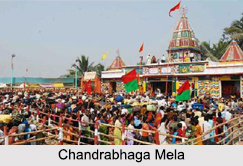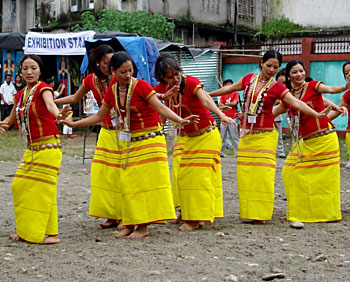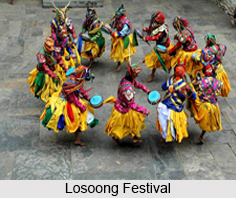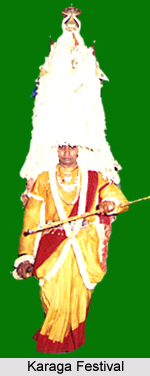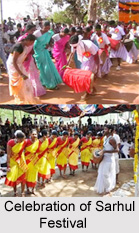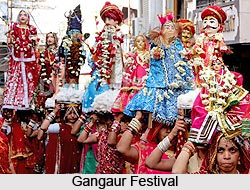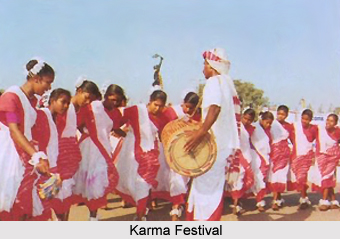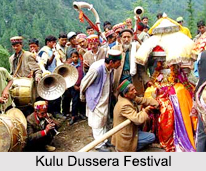 Himachal Pradesh Temple Festivals are the celebrations which relates to the glorious past and tradition of the state. The people in Himachal Pradesh love festivals and participate in all the local festivals and fairs with great enthusiasm. Most of the fairs and festivals are associated with various seasonal changes.
Himachal Pradesh Temple Festivals are the celebrations which relates to the glorious past and tradition of the state. The people in Himachal Pradesh love festivals and participate in all the local festivals and fairs with great enthusiasm. Most of the fairs and festivals are associated with various seasonal changes.
Several folklores are closely related to the beginning of each Himachal Pradesh temple festivals. These fairs provide a clear glimpse into the lives, the beliefs and popular traditions of the rural people in Himachal Pradesh. Each district of this state has its own sequence of annual fairs and festivals, which are connected with the historical and sociological background of that area.
Festivals have an important place in the lives of the people in Himachal Pradesh. On the day of festivals, the farmers do not work in the fields and rich and poor alike celebrate these festivals to the best of their financial abilities. If there any person in the family dies on the day of the festival, the other members do not celebrate the festival, till a birth occurs around the same time. The Sikh festivals are equally celebrated with great pomp and gaiety in the cities. The tribal festivals of Himachal Pradesh have their own identity, which are completely different from the festival celebration in rest of the nation.
Different Himachal Pradesh Temple Festivals
In Himachal Pradesh, every festival is celebrated in harmony or by dancing the hours away in cheerful abandonment. Following are the different Himachal Pradesh Temple Festivals:
•Pori Festival: This Himachal Pradesh temple festival is celebrated in the traditional way at the temple of Trilokinath. On this day the statue of the lord is immersed with milk and yogurt and then at about ten o` clock in the morning a crowd of people moves around the temple beating drums and blowing conch shells and bugles. A horse runs around the temple and it is believed that the god sits on its back. After the procession, the crowd along with the horse goes to the palace of the local ruler where the horse is given a grand welcome. The king then rides the horse and visits the fair ground, which is dotted all over with small shops. On this day butter lamp burns within the temple all day and all night long.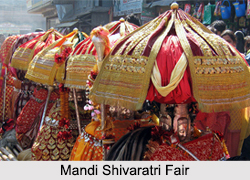
•Dasara at Sarahan: A decorated chariot is moved from Bhimakali temple to a close by temple at a distance of half kilometres in the afternoon of Dussehra day at Sarahan. The festival is linked by local villagers from nearby areas with drums, long trumpets and colourful flags. People bring village deities to the festival from diverse villages.
•Kulu Dussera: Kulu Dussera is the biggest temple festival in Himachal Prdaesh. This festival is held in October in Dhalpur maidan of Kulu. The beginning is distinct by Ratha yatra, in which the chief deity `Raghunathji` is carried in a fully decorated wooden chariot. The yatra implies the march of Rama to conquer Ravana.
•Minjar Fair: Every year, the fair is released with lifting of the Minjar flag in the historical fields of Chowgan. At the beginning of the fair, silk tassels are allocated to men and women to work on their dresses. These silk tassels, known as Minjar, are representative of maize and paddy shoots, crops that are broadly developed in the region.
•Doongri Festival: Also famous as Hadimba Devi Fair, it is held near the Hadimba Temple which is 1.5 kilometres from Manali bus stand. Multi coloured flowers flourish in the complete valley spilling colour all around. Little kites also dapple the horizon with their bright colours to mark the spring festival, coined as "Basant Panchami".
•Shivratri Fair: This international festival is held each year at the Shiv Temple of Baijnath in Mandi. Thousands of followers bring hundreds of gods and goddesses on the Rathas amidst the traditional harmonious tunes, entering the stylishly decorated Mandi town.
•Sazo Festival: During the festival, the doors of the temples stay closed, but the wagons of God and Goddesses stay open. It is believed that on this day, a variety of deities dwell to heaven for a little nap.
The Holi melas have a religious significance and are held at Palampur, Ghughar, Paprola, Baijnath, Jaisinghpur and Sujanpur. These fairs also have an attraction of their own. The Holi festival of Sujanpur traces its colourful history back to the magnificent days of King Sansar Chand. This fair has been declared as a state festival by the Himachal government. The fair lasts for five days during which various processions of deities are taken out. Folk dances and conventional folk theatre forms are also accessible. Clay pots are also sold and the entire valley seems to resound with the joyous resonance of the traditional Holi songs in Himachal Pradesh. The Himachal Pradesh temple festivals have a charm of its own, reflecting the culture and heritage of the state.
